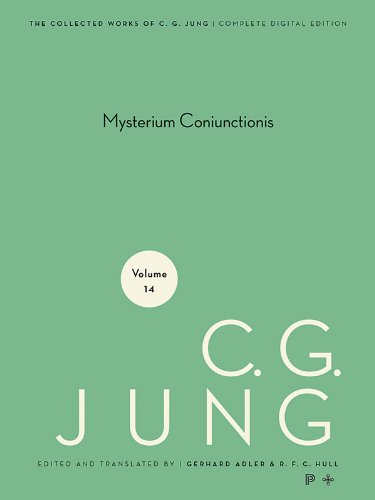What do you think?
Rate this book


Jung's last major work, completed in his 81st year, on the synthesis of the opposites in alchemy and psychology.
742 pages, Kindle Edition
First published January 1, 1956
Da steh' ich nun, ich armer Tor
Und bin so klug als wie zuvor!
Just as a lapis Philosophorum, with its miraculous powers, was never produced, so psychic wholeness will never be attained empirically, as consciousness is too narrow and too one-sided to comprehend the full inventory of the psyche.
That a psychological approach to these matters draws man more into the centre of the picture as the measure of all things cannot be denied. But this gives him a significance which is not without justication. The two great world-religions, Buddhism and Christianity, have, each in its own way, accorded man a central place, and Christianity has stressed this tendency still further by the dogma that God became very man. No psychology in the world could vie with the dignity that God himself has accorded to him. [italics mine]
When Adam left Paradise, God sent the angel Gabriel to him with an offer of three gifts of which he should choose one: modesty, intelligence, and religion. Without hesitation Adam chose intelligence. Thereupon Gabriel commanded modesty and religion to return at once to heaven. But they refused, invoking God’s own command never to part from intelligence, wherever it might be found. For the Prophet had said: “Never submit to one who has no trace of intelligence.” (p584, an Arabian legend)